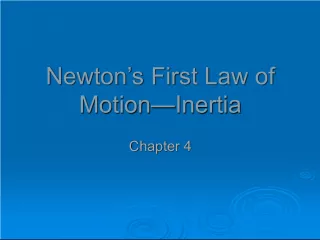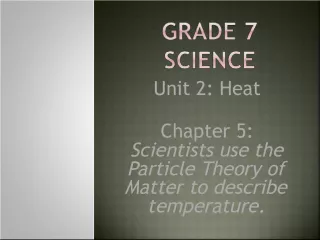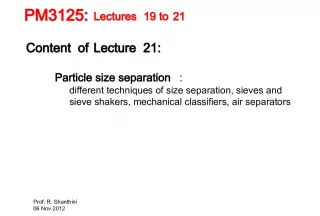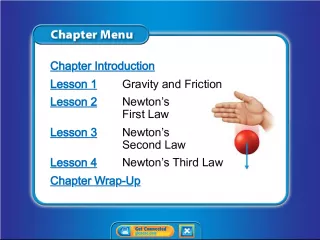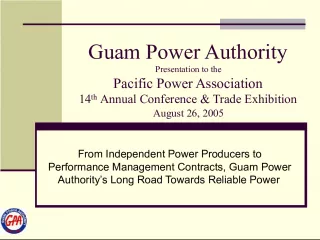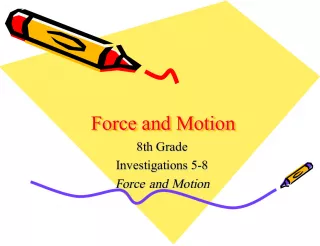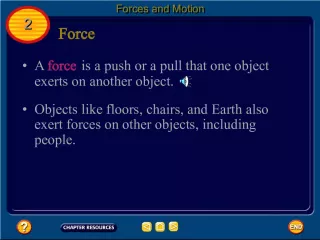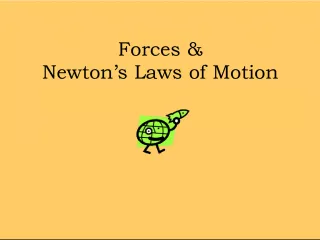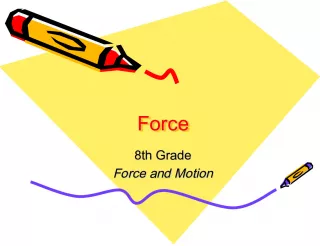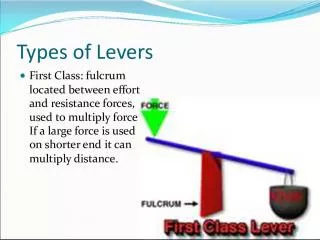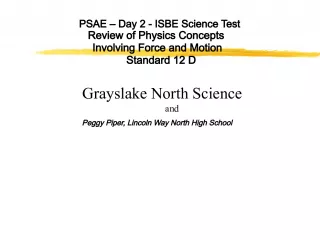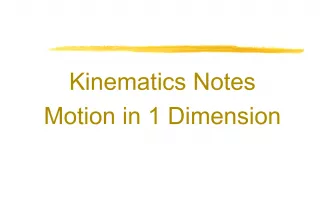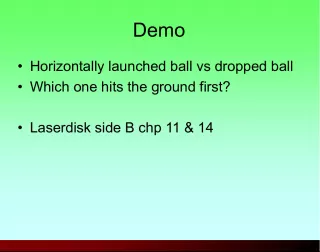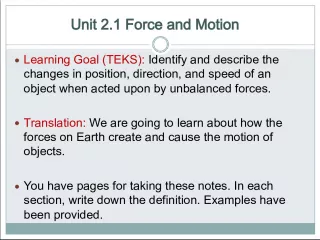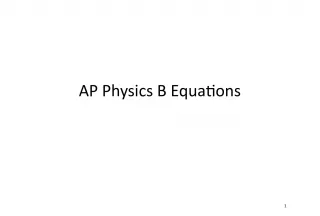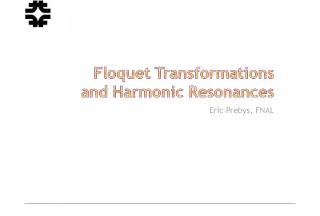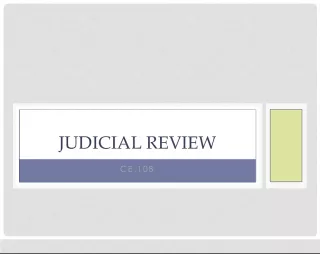Particle Motion in Fusion Power
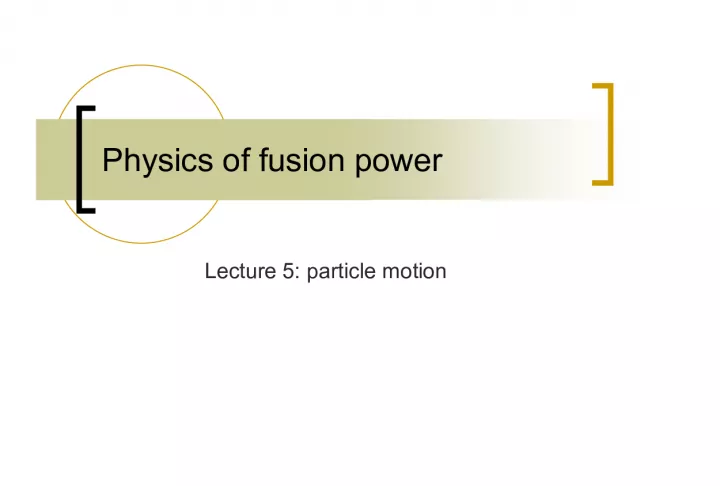

This lecture covers gyro motion, with the Lorentz force causing charged particles to gyrate around magnetic field lines. Typical values for Larmor radius and cyclotron frequency are discussed, with specific effects of finite Larmor radius emphasized.
- Uploaded on | 0 Views
-
 rostislava
rostislava
About Particle Motion in Fusion Power
PowerPoint presentation about 'Particle Motion in Fusion Power'. This presentation describes the topic on This lecture covers gyro motion, with the Lorentz force causing charged particles to gyrate around magnetic field lines. Typical values for Larmor radius and cyclotron frequency are discussed, with specific effects of finite Larmor radius emphasized.. The key topics included in this slideshow are . Download this presentation absolutely free.
Presentation Transcript
1. Physics of fusion power Lecture 5: particle motion
3. Gyro motion The Lorentz force leads to a gyration of the particles around the magnetic field We will write the motion as The Lorentz force leads to a gyration of the charged particles around the field line Parallel and rapid gyro-motion
4. Typical values For 10 keV and B = 5T. The Larmor radius of the Deuterium ions is around 4 mm for the electrons around 0.07 mm Note that the alpha particles have an energy of 3.5 MeV and consequently a Larmor radius of 5.4 cm Typical values of the cyclotron frequency are 80 MHz for Hydrogen and 130 GHz for the electrons Often the frequency is much larger than that of the physics processes of interest. One can average over time One can not however neglect the finite Larmor radius since it lead to specific effects (although it is small)
5. Additional Force F Consider now a finite additional force F For the parallel motion this leads to a trivial acceleration Perpendicular motion: The equation above is a linear ordinary differential equation for the velocity. The gyro-motion is the homogeneous solution. The inhomogeneous solution
7. Drift velocity Inhomogeneous solution Solution of the equation
8. Physical picture of the drift The force accelerates the particle leading to a higher velocity The higher velocity however means a larger Larmor radius The circular orbit no longer closes on itself A drift results. Physics picture behind the drift velocity
9. Electric field Using the formula And the force due to the electric field One directly obtains the so-called ExB velocity Note this drift is independent of the charge as well as the mass of the particles
10. Electric field that depends on time If the electric field depends on time, an additional drift appears Polarization drift. Note this drift is proportional to the mass and therefore much larger for the ions compared with the electrons
11. Meaning of the drifts Assume a Force F on each ion in the x-direction Electrons are stationary Drawing of the slab of plasma with a force F on the ions in the x-direction
12. Drift leads to charge separation The drift of the ions leads to charge separation. A small charge separation will lead to a large electric field, i.e. a build up of an electric field can be expected This would lead to a polarization drift Quasi-neutrality Drawing of the slab of plasma with a force F on the ions in the x-direction
13. Electric field evolution The polarization drift balances the drift due to the force The plasma remains quasi- neutral, and the electric field can be calculated from the polarization drift Drawing of the slab of plasma with a force F on the ions in the x-direction
14. The next drift : The ExB velocity The electric field evolution leads to an ExB velocity Substituting the electric field
15. The ExB velocity The ExB velocity Satisfies the equation Chain. Force leads to drift. Polarization drift balances the drift and leads to electric field, ExB velocity is in the direction of the force Motion due to the ExB velocity
16. Meaning of the drifts In a homogeneous plasma Free motion along the field line Fast gyration around the field lines ExB drift velocity. Provides for a motion of the plasma as a whole (no difference between electrons and ions) Polarization drift. Allows for the calculation of the electric field evolution under the quasi- neutrality assumption. Provides for momentum conservation.
18. Inhomogeneous magnetic fields When the magnetic field strength is a function of position the Lorentz force varies over the orbit Taking two points A and B Drawing of the Grad-B force
19. Inhomogeneous magnetic field Force due to magnetic field gradient is directed such that the particle tries to escape the magnetic field Leads to the grad-B drift
20. Curvature drift A particle moving along a curved field line experiences a centrifugal force For a low beta plasma Centrifugal force due to the motion along a curved magnetic field
21. Drifts due to the inhomogeneous field The drifts due to the inhomogeneous field (curvature and grad-B) The drift due to the magnetic field in homogeneity is in general much smaller than the thermal velocity Scales as 1/L where L is the scale length of the magnetic field Scales as v
22. All together . Parallel motion Gyration ExB drift Pololarization drift Grad-B and curvature drift
